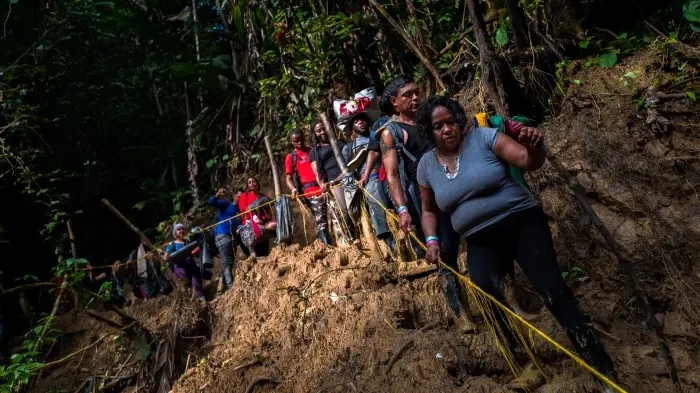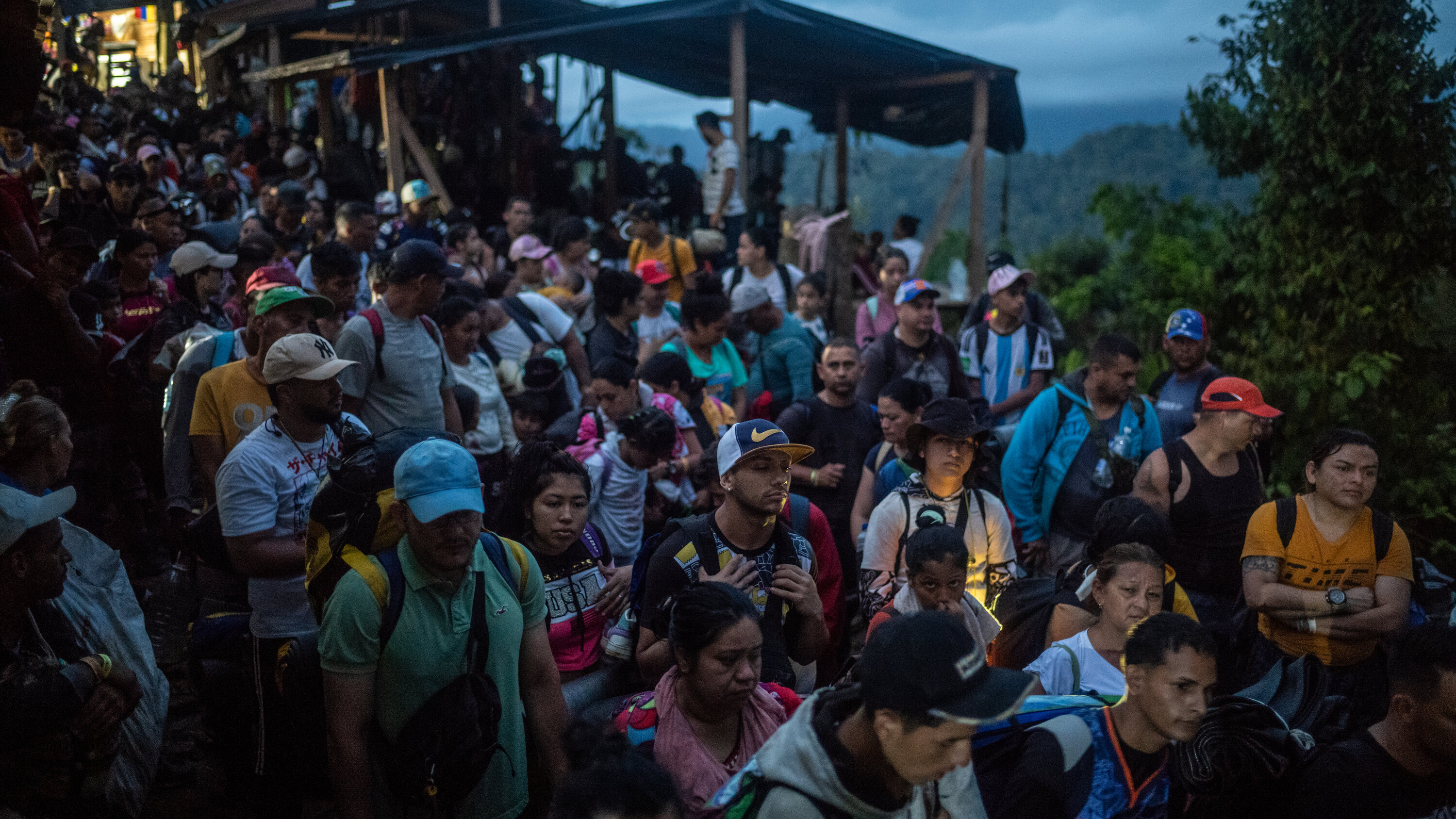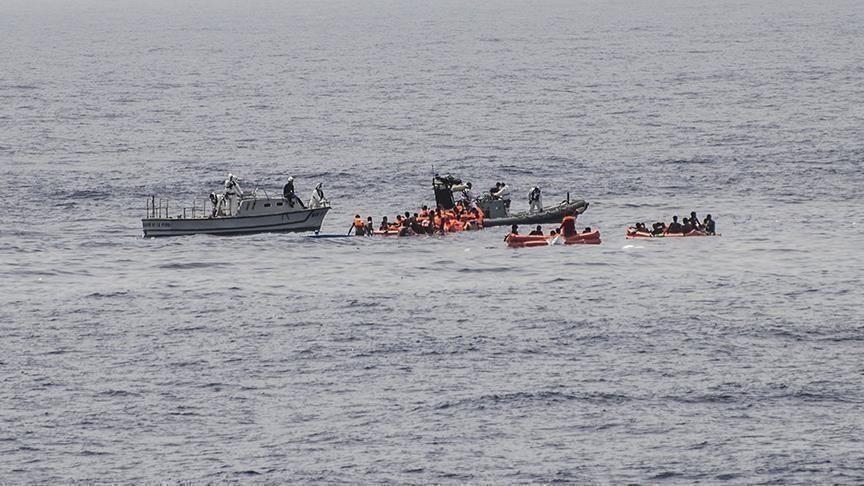Surviving the Darien: The Deadly Choices Facing Migrants on Their
Journey
As Venezuela faces political turmoil and the threat of a new
departure looms the treacherous journey through the Darién Gap - linking
Colombia to Panama - has seen a surge in migrants and asylum seekers. This
dangerous trek, fraught with threats of drowning, sexual violence, and robbery,
is becoming even more perilous due to new regional restrictions.
The Darién Gap has long been one of the most hazardous
passages for migrants. Over the past few years, the number of people attempting
the crossing has soared, leading to the development of different routes, each
with its unique challenges and dangers. Both local organizations aiding
migrants and criminal groups profiting from the journey have become more
sophisticated, bringing a semblance of structure to the once impenetrable
jungle crossing.
In 2023 alone, over half a million migrants traversed the
Darién Gap. As of July 22, more than 216,000 people had already made the
journey this year, with Venezuelans comprising the largest group. Concerns of a
new mass exodus have emerged following accusations that Nicolás Maduro,
Venezuela's increasingly authoritarian leader, manipulated the July 28
presidential election.
In early July, Panama’s new President, José Raúl Mulino,
signed an agreement with the United States to curb the influx of migrants.
Under this deal, Panama pledged to “close the Darién,” while the U.S. agreed to
fund the deportation of migrants entering Panama illegally. Consequently,
Panama has shut down at least five access points to the Darién Gap, installed
razor wire along 4.7 kilometers of the border, and deployed armed guards on
main paths. These measures have drawn sharp criticism from human rights and
humanitarian organizations.
The jungle’s lack of state presence exacerbates the dangers
migrants face. Even minor injuries can become life-threatening without medical
attention. Migrants contend with treacherous terrain, tropical downpours, wild
animals, and diseases from contaminated water. In 2023, Médecins Sans
Frontières (MSF) assisted 676 survivors of sexual violence before Panama halted
their operations in the region, a figure that likely underrepresents the actual
number of cases.
Many migrants do not survive the crossing. Between January
2021 and March 2023, Panamanian authorities discovered 124 bodies, mostly of
drowning victims. However, this is believed to be only a fraction of the actual
death toll.
Panama’s border authority, Senafront, announced on July 21
its plan to establish a single “humanitarian path” leading to Bajo Chiquito, an
Indigenous community with some services, and then downriver to Lajas Blancas,
where a migrant reception center and aid groups offer assistance. Yet, attempts
to curb irregular migration without addressing root causes often push migrants
onto more dangerous routes. On July 24, 10 migrants drowned near the remote
Indigenous village of Carreto.
The regional trend towards stricter border policies, largely
driven by U.S. pressure on Latin American and Caribbean countries to limit
northward migration, has forced migrants to rely on smugglers and informal
paths, increasing their exposure to danger.
Emerging Routes and Their Dangers
The Eastern Land Routes
The most commonly used routes across the Darién begin in
Necoclí or Turbo on Colombia’s Caribbean coast. Migrants cross the Bay of Urabá
by boat and disembark at Acandí, continuing inland through the mountainous
jungle. This 2-5 day journey to Lajas Blancas, via Bajo Chiquito, is rife with
hazards such as river crossings, steep ascents, diseases from contaminated
water, and animal attacks. Panama’s recent border fortifications have not
deterred migrants, who circumvent the barriers.
The Colombian side of the border, controlled by the Clan del
Golfo (Gaitanistas), is relatively safer for migrants due to the group's
monopoly of violence. However, on the Panamanian side, migrants face predation
from criminal groups.
A “VIP land route” from Capurganá offers mules and horses
for carrying baggage, reducing exposure to danger but at a steep cost, ranging
from $2,500 to $10,000. This route is mainly used by migrants from Asia, the
Middle East, and Africa.
The Western Coastal Route
A less organized maritime route along Colombia's Pacific
coast is used by migrants who pay $150 to $300 to travel from Juradó to La
Palma, Panama, with stops along the way. This route, originally for cocaine
smuggling, is less reliable and poses risks of shipwreck and abandonment by boat
captains. Upon arrival, migrants still face inland dangers similar to those on
land routes.
Bypassing the Darién
Stricter visa controls in Central America and Mexico have
forced many migrants to traverse the Darién Gap. However, alternative sea and
air routes have emerged. For instance, Nicaragua’s relaxed visa policies and
acceptance of migrants from certain countries have made it a travel hub,
particularly for those from Asia and Africa. The Nicaraguan government’s
policies have reduced the number of migrants from countries like Cuba crossing
the Darién.
Additionally, irregular sea routes from the Colombian island
of San Andrés to Nicaragua have become popular among Venezuelans. These
crossings are perilous, with many migrants going missing, likely due to
shipwrecks.
As migration through the Darién Gap evolves, the risks
remain high, and new policies may inadvertently increase the peril for those
seeking safety and a better life.







